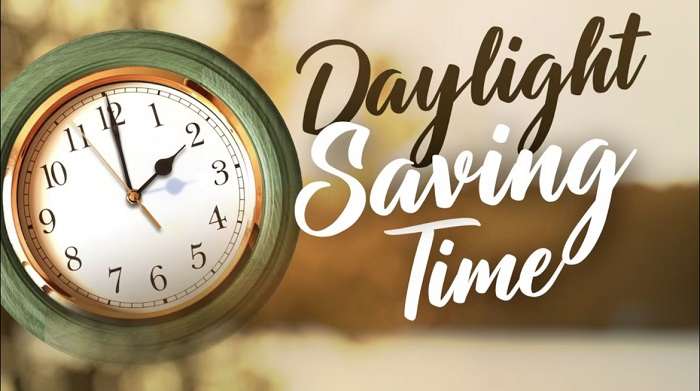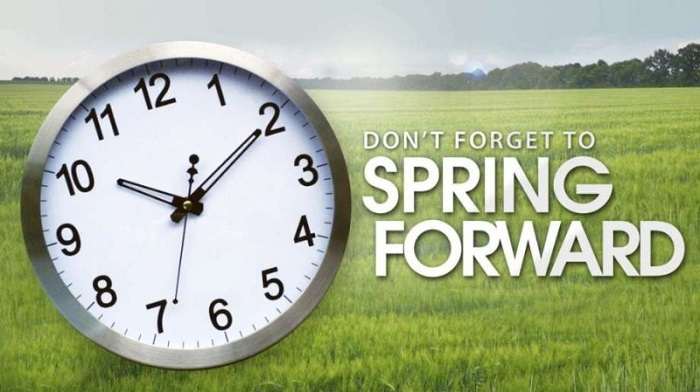What Is Daylight Saving Time?

Daylight Saving Time is the practice of setting the clock forward by one hour during the warmer months to extend evening daylight. This means that, in spring, clocks are moved forward by one hour, effectively “losing” an hour of sleep. In autumn, the clocks are set back again to standard time, gaining an hour. This annual shift is designed to make better use of daylight during the longer days of summer.
The Purpose Behind DST
The primary goal of DST is to make better use of daylight during the evening hours. By shifting an hour of daylight from the morning to the evening, DST aims to:
- Reduce Energy Consumption: By providing more daylight during the evening, DST can lower the need for artificial lighting and, consequently, reduce energy consumption.
- Promote Outdoor Activities: Extended daylight hours encourage people to engage in outdoor activities, which can boost physical health and overall well-being.
- Enhance Safety: More daylight during the evening hours can improve road safety by reducing accidents caused by low visibility.
The History of Daylight Saving Time
Daylight Saving Time has a rich history that dates back to ancient times, but its modern implementation began in the early 20th century. Here’s a brief overview of how DST came into play:
Ancient Origins
The concept of adjusting schedules based on daylight is not new. Ancient civilizations, including the Egyptians and Greeks, used sundials to track the passage of time, adjusting their daily routines according to sunlight.
Benjamin Franklin’s Proposal
In 1784, Benjamin Franklin, while in Paris, suggested the idea of adjusting clocks to make better use of daylight. His proposal was more of a humorous observation than a serious recommendation, but it laid the groundwork for future discussions about DST.
World War I and II
The first widespread adoption of DST occurred during World War I as a measure to conserve energy. Many countries, including the United States, implemented DST to save fuel and resources. The practice was reinstated during World War II for similar reasons.
Post-War Adjustments
After World War II, DST was discontinued in many places, but the practice was revived and standardized over the years. In the U.S., the Uniform Time Act of 1966 established a standardized system of DST across the country.
How DST Affects North America
In North America, the transition to Daylight Saving Time involves setting clocks forward one hour at 2:00 a.m. on March 10, 2024. This change affects various aspects of daily life:
Impact on Sleep Patterns
The shift in time can disrupt sleep patterns, leading to temporary sleep deprivation and fatigue. The “lost” hour of sleep can affect individuals differently, with some experiencing difficulty falling asleep or waking up.
Influence on Energy Consumption
While DST aims to reduce energy consumption, the actual impact can vary. Studies have shown mixed results, with some research indicating modest energy savings, while other studies suggest that the benefits are minimal or negligible.
Economic and Social Effects
- Retail Sales: Extended daylight hours can encourage more evening shopping and dining, benefiting retailers and restaurants.
- Travel and Transportation: The change in time can affect travel schedules and transportation systems, requiring adjustments in timetables and coordination.
Tips for Adjusting to DST
Adapting to the time change can be challenging, but with a few strategies, you can make the transition smoother and minimize disruptions:
Gradual Adjustment
To ease into the time change, consider gradually adjusting your schedule in the days leading up to DST. Shift your bedtime and wake-up time by 15 minutes each day until you reach the new schedule.
Maintain a Consistent Routine
Try to maintain a consistent daily routine, including regular meal times and exercise, to help your body adjust to the new time more effectively.
Optimize Sleep Environment
Create a restful sleep environment by keeping your bedroom dark, cool, and quiet. Avoid screens and stimulating activities before bedtime to improve sleep quality.
Stay Active During the Day
Engage in regular physical activity to help regulate your sleep patterns and boost your overall well-being. Outdoor exercise during daylight hours can also help your body adjust to the new schedule.
The Debate Over Daylight Saving Time
Despite its benefits, Daylight Saving Time has been the subject of ongoing debate. Critics argue that the potential advantages are outweighed by the drawbacks. Here are some of the key arguments for and against DST:
Arguments in Favor
- Energy Savings: Proponents argue that DST can reduce energy consumption by decreasing the need for artificial lighting.
- Increased Productivity: Extended daylight hours can lead to increased productivity and economic activity.
- Improved Health and Safety: More daylight can encourage outdoor activities and enhance road safety.
Arguments Against
- Health Risks: The shift in time can disrupt sleep patterns and contribute to health issues such as sleep disorders and cardiovascular problems.
- Limited Energy Savings: Some studies suggest that the energy savings from DST are minimal or offset by increased use of heating and cooling systems.
- Inconvenience: The time change can cause confusion and inconvenience for individuals, businesses, and transportation systems.
The Future of Daylight Saving Time
As our understanding of DST evolves, there have been ongoing discussions about its future. Some regions have experimented with permanent DST or permanent standard time, and various legislative efforts have been made to modify or abolish the practice altogether.
Recent Developments
- State and Provincial Legislation: Some U.S. states and Canadian provinces have proposed or enacted legislation to make DST permanent or eliminate it entirely.
- Global Perspectives: Different countries have varying approaches to DST, with some adopting it while others have discontinued it.
Potential Changes
The future of DST may see continued debates and potential changes as more research is conducted and societal needs evolve. The goal will be to find a balance that maximizes benefits while minimizing drawbacks.
Related Post:
Norse God with a Hammer: Unveiling the Myth of Thor
Closing Part of a Song: An In-Depth Exploration
Give a Little Extra Flair with Up: Elevating Your Style and Space
Daylight Saving Time, set to begin in North America on March 10, 2024, remains a topic of significant interest and debate. While the transition may seem minor, its impacts on daily life, health, and energy consumption are noteworthy. By understanding the history, effects, and practical tips for adjusting, you can navigate the time change with greater ease and awareness. Whether you view DST as a valuable practice or an outdated tradition, it’s clear that the shift to longer daylight hours has a profound influence on our lives and routines.



